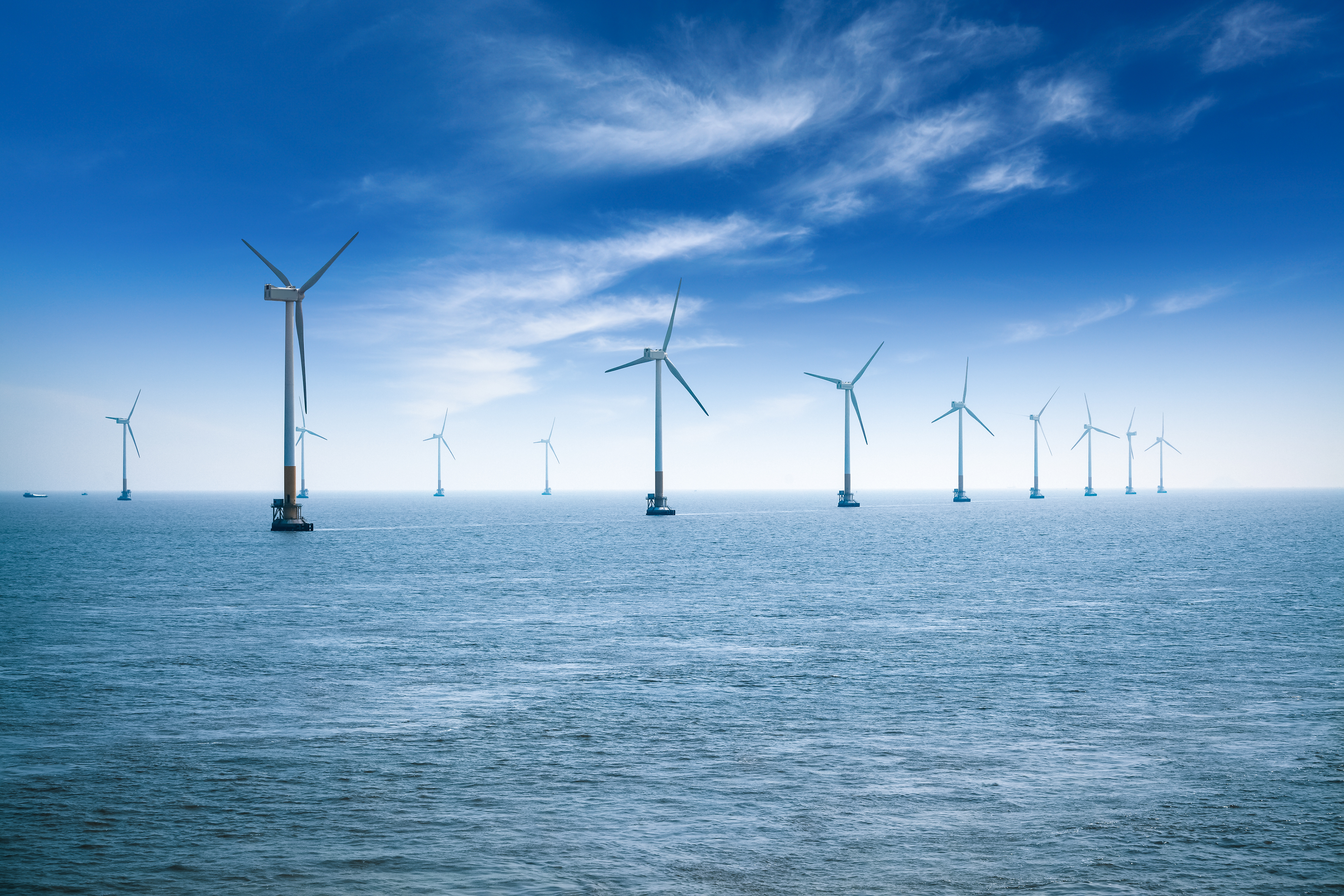
Keep your eyes even partially open and you will see coverage of how poorly the plan to dump nuclear and rely on wind is working for Germany.
6/30 – The American Interest – Germany’s Energiewende Finds the Sour Spot – Germany’s official plan of energiewende is making everyone unhappy. Phasing out nuclear power and substituting dirty coal, especially lignite which is a particularly dirty variety, is increasing CO2 emissions. Phasing out nuclear is far more expensive than planned.
Subsidizing wind and solar plants by guaranteeing them long-term rates that are far above market produces high electricity rates which are passed on to consumers. This particular scheme is called feed-in tariffs.
Businesses are starting to leave the country because of the astronomical energy costs. Consumers are seen skyrocketing bills.
There is something in their plans to offend everyone.
7/9 – The American Interest – Germany’s Green Dreams Causing Energy Nightmares Across Europe – Renewables reportedly supply about 26% of Germany’s power. That is coming from one area of the country. The nuclear plants that have been shut down are in another part of the country. That means that the electricity has to be moved from one area of the country to another. Apparently the country’s NIMBY activists have prevented building additional power lines to move the electricity back and forth. As result when the sun is shining and the wind is blowing the electricity has to be routed through neighboring Poland and Czech Republic to get it where it is needed.
The disruptions in Germany’s power system is creating instability in the grid across Europe.
The damage from Energiewende continues to mount.
7/12 – Stop These Things – Germany’s Wind Power Debacle Escalates: Nation’s Grid on the Brink of Collapse – It wasn’t a storm that caused trouble on the grid. In clear weather it was a normal fluctuation in wind speed that surged output which poured into the grid and overloaded a transmission line in Germany.
Seems that the grid managers have to quickly shut down power when there is a surge or drop. That happened 50,000 times in just May. The electricity was wasted. In order to incentivize slice-and-dicers, Germany requires that dumped electricity be paid for by utilities. That in turn drives up prices to consumers.
The grid in Germany, especially the northern part of the country, is increasingly unstable. This is a direct, expected, logical consequence of Energiewende.